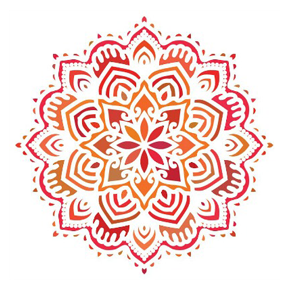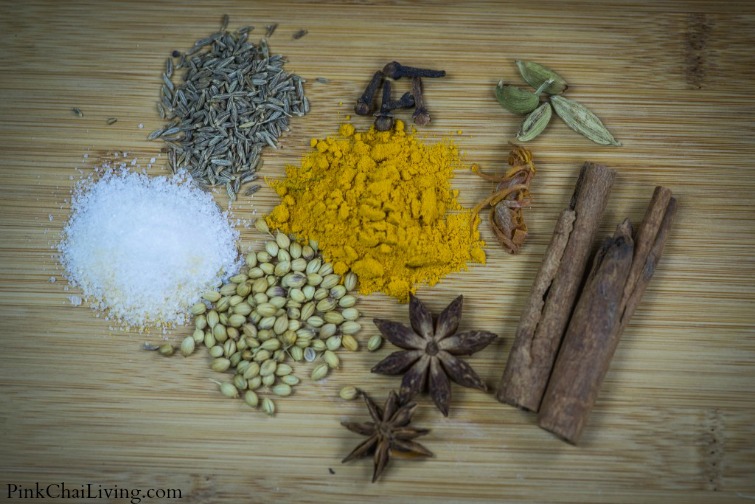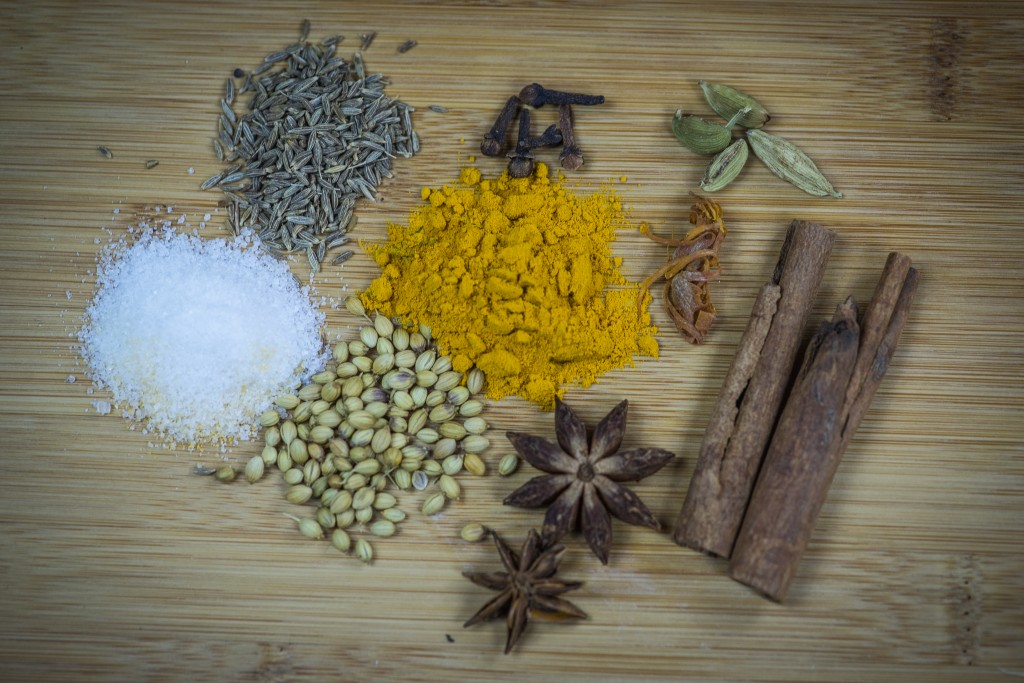I love Indian food – that shouldn’t be a surprise to anyone who is a regular reader here. However, what I love even more than the taste of Indian food is the connection it creates to my family history, culture, and childhood memories. So much of what I know about India, Punjabi culture, and Sikhism was learned around the dinner table. My parents are both big on story telling, in fact, if you offer my dad your ear, he’ll happy talk for hours! When we were kids, Dad would tell stories about religion and history, and Mom would talk about growing up with her grandma and the things they cooked and the traditions they followed.
It was obvious that the stories my parents shared were “lessons”, but there were so many things I learned unintentionally at the dinner table. Things like; manners, patience, winter vegetables versus summer vegetables, and most importantly – the value of family. My sisters and I can fight like cats & dogs, but we are always there for each other when it comes down to it, and I can’t help but think some of that bond was created over cups of chai and bread pakoras.
Lately I’ve been thinking a lot about how I can teach my kids to speak Punjabi, understand our faith better, and just stay connected to our culture, and in the back of my mind a little voice keeps telling me, it will happen at the dinner table. My family is pretty good at eating together (even though I admitted a few weeks ago that we’ve been struggling), but like most families we are busy and tired. Rarely do we sit down, relax, eat, and have good conversation. The focus is usually on getting fed, and getting off the table.
So for 2015 I’ve created some guidelines for our dinner hour. These philosophies come from our ancestors so I’m calling them ‘Guidelines from the Desi Dinner Table’. If you want to play along, feel free to borrow this idea for your family and take the guidelines that work for you, or create more as needed. I’m so passionate about saving the family dinner hour and preserving the food culture of India that I really hope some of you will join in!
1. Cook Something Daily
My grandma, my mom, their grandmas all cooked daily – and they are all amazing cooks. Perhaps practice makes perfect? I’ve also noticed that when I get into a rhythm of making dinner daily it gets easier. Once I miss a day or two, it’s way to tempting to order out.
{Side note – when we were kids, eating out was a real treat. We didn’t go through the drive thru just because – we went to a restaurant every once in a while and it was a big deal. We anticipated it all day and got all dressed up, it was wonderful!}
2. Eat and Chat with Leisure
This is the one I think will be the hardest. Mr. T is more of a ‘don’t talk, eat your dinner, and move along’ kind of guy, and I’m the ‘let’s chat and hear about your day’ parent. This already is a struggle for us, and now I want to extend dinner even longer! I want the kids to take their time, enjoy their meals and use the time to connect with us.
3. Cook with Local Seasonal Foods
In Punjab, people eat maki di roti in the fall/winter because there is no wheat. It’s the same reason more rice is cooked in the cold months. Similarly saag (mustard greens), karela (bitter melon), and amla (gooseberry) and cooked in the winter – because that is when they are available. Cooking seasonal wasn’t a choice for our great-grandmothers, it was the only option. It can be really tempting to buy a mango in December, or summer squash in January, but it’s not right. So moving forward, I’m focussing on seasonal and local foods.
4. Maa Ke Hath Ka Khana (Mom’s Home Cooking)
Some of you might find this one a little anti-feminist, but there is just something special about associating home cooking with your mom. I know there are plenty of households where the dad’s cook, but that’s not the case in ours. Mr. T is an amazing dad and does lots of things with the kids that I don’t, but when it comes to cooking – it’s almost all me (he cooks breakfast and warms up dinners).
It’s important to me that part of my legacy as a mother be attached to home cooking. Just like no matter how many times I try to recreate my mom’s aloo wala parantha, it’s never quite right. It’s always missing the secret something that comes from “maa ke haath ka jaddo” (mom’s magic touch), I want my kids to get the warm and fuzzies when they remember my cooking.
5. Preserving Family Recipes
Of course, you knew I was going to mention this one! Since I started taking an interest in cooking Indian food about 4 years ago, I’ve become obsessed with the idea that I need to preserve my mom’s recipes. I come from a Punjabi family and we grew up on a traditional North Indian diet. Unfortunately, a lot of what I see served at restaurants, or shared on the net is not home style Punjabi food. So, this year I’ll be working on converting some of my mom’s classic Punjabi recipes into blog posts. (So excited about this!)
I’m feeling both excited and a bit freaked out about my big endeavour to change our family dinner hour and am about to make my first meal plan of the year {post coming shortly}. We wish me luck!
This blog was originally posted at Pink Chai Living




